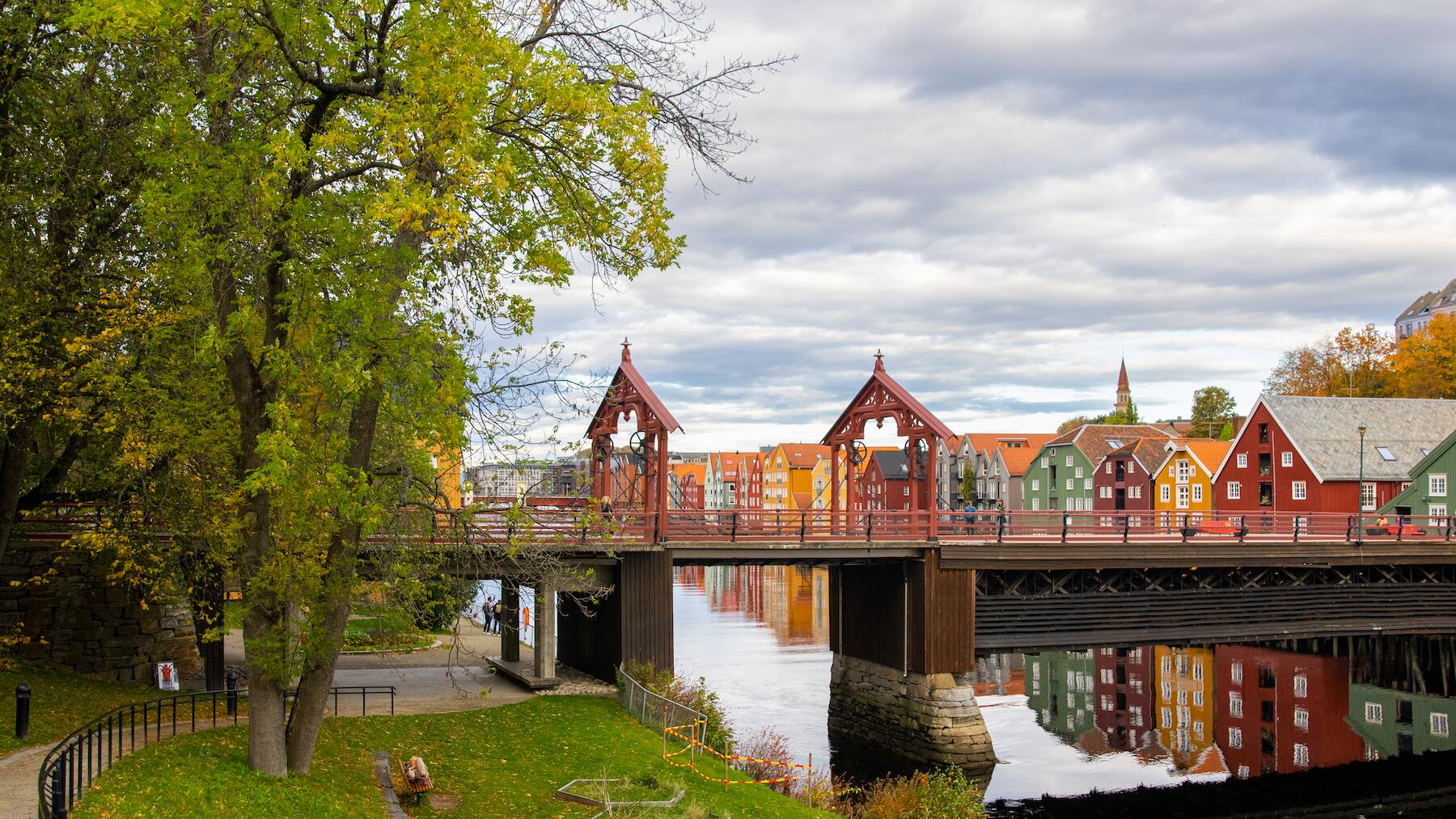The Western Fjords
The Western Fjords
The intricate outline of the fjords makes Norway's coastline of 21,347 km (13,264 miles) longer than the distance between the north and south poles. Among the world's most spectacular geological formations, a typical fjord consists of a long, narrow, deep inlet of the sea, with steep mountainsides stretching into mountain massifs. Fjords were created by glacier erosion during the ice ages. In spectacular inlets like Sognefjord, Geirangerfjord, and Hardangerfjord, walls of water shoot up the mountainsides, jagged snowcapped peaks blot out the sky, and water tumbles down the mountains in an endless variety of colors. Lush green farmlands edge up the rounded mountainsides and the chiseled, cragged, steep peaks of the Jotunheimen mountains, Norway's tallest, seem to touch the blue skies.Read More
The intricate outline of the fjords makes Norway's coastline of 21,347 km (13,264 miles) longer than the distance between the north and south poles. Among the world's most spectacular geological formations, a typical fjord consists of a long, narrow, deep inlet of the sea, with steep mountainsides stretching into mountain massifs. Fjords were created by glacier erosion during the ice ages. In spectacular inlets like Sognefjord, Geirangerfjord, and Hardangerfjord, walls of water shoot up the mountainsides, jagged snowcapped peaks blot out the sky, and water tumbles down the mountains in an endless variety of colors. Lush green farmlands edge up the rounded mountainsides and the chiseled, cragged, steep peaks of the Jotunheimen mountains, Norway's tallest, seem to touch the blue skies.
The farther north you travel, the more rugged and wild the landscape. The still, peaceful Sognefjord is the longest inlet, snaking 190 km (110 miles) inland. At the top of Sogn og Fjordane county is a group of fjords referred to as Nordfjord, with the massive Jostedalsbreen, mainland Europe's largest glacier, to the south. In the county of Møre og Romsdal, you'll see mountains that would seem more natural on the moon—all gray rock—as well as cliffs hanging over the water below. Geirangerfjord is Norway's best-known fjord. In the south, the Hardangerfjord, Norway's fruit basket, is best seen in early summer when it's in full blossom.
Boat cruises are the classic way of exploring this region, but there's much to be gained by more up-close-and-personal experiences. You can walk or climb on one of Norway's 1,630 glaciers, remnants of the 30 ice ages that carved the fjords. Head to Eid and ride one of the ponylike Fjord horses, originally bred for farm work.








